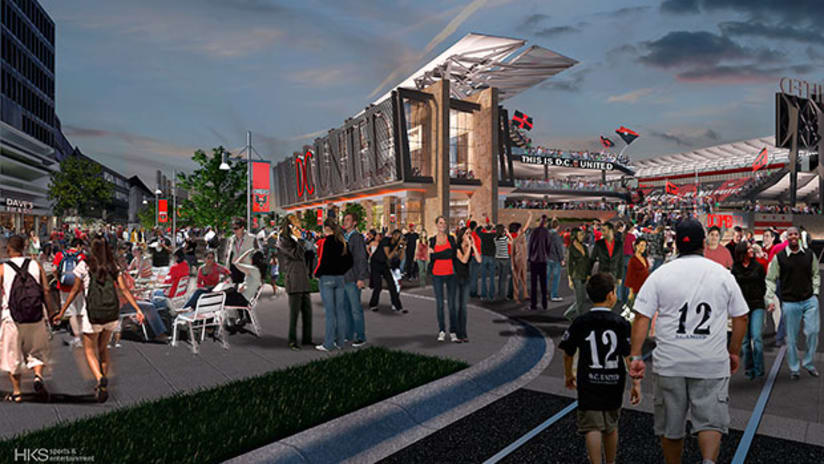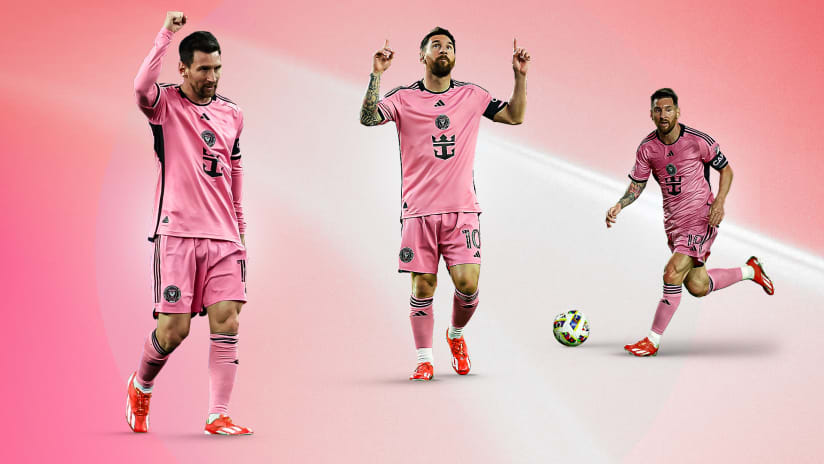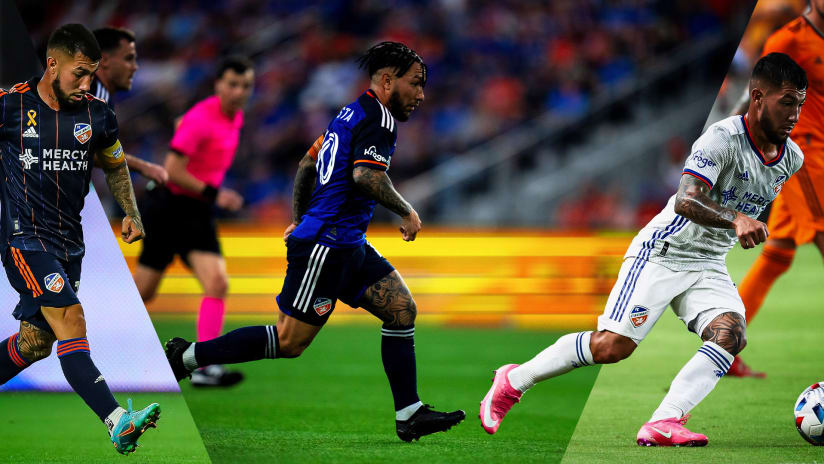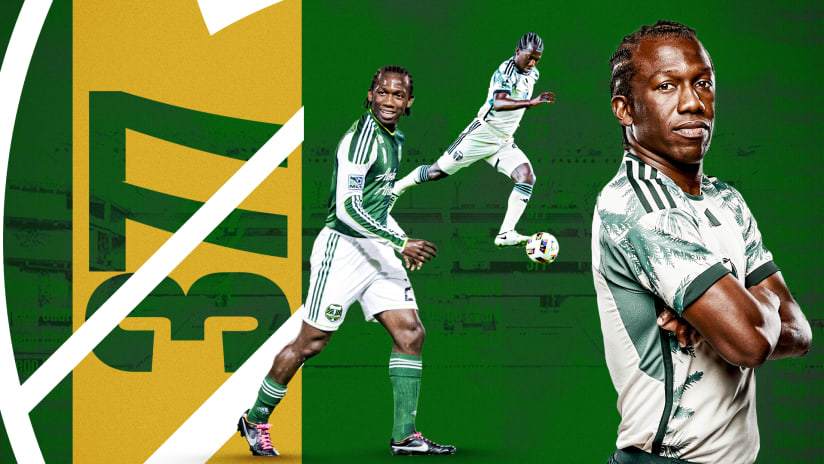WASHINGTON — Under a portable white tent in a previously-empty parking lot on a late-July morning, Washington, D.C. Mayor Vincent C. Gray said the 20 words D.C. United supporters have been longing to hear.
“The most winningest franchise in the history of Major League Soccer will be staying right here in our Nation’s Capital.”
After years of speculation, hearsay, political posturing and tireless efforts by the club, it appears D.C. United will indeed remain in the District of Columbia, as Gray and United announced the signing of a $300 million public-private partnership to build a 20-25,000-seat soccer stadium in the Buzzard Point area of Southwest D.C.
The term sheet, which was signed by Gray and United managing partner Jason Levien following the press conference, calls for the District to assume the cost of land acquisition and infrastructure, while D.C. United would pay for the stadium’s construction cost (approximately $150 million).
“We’re doing the horizontal stuff, the site preparation, and the vertical stuff is being paid for by the team,” Gray said. “And if the stadium costs more at the end of the day, that will be on D.C. United, not the taxpayers of the city.”
The model is similar to the fashion in which the Verizon Center – home to the Washington Capitals, Wizards and Mystics – was built as opposed to Nationals Park, which was publically funded.
After United’s new managing partners, Levien and Erick Thohir, entered the fold and joined Will Chang one year ago, Levien said he met with Gray within 24 hours.
“[The Mayor and his staff] were very inviting and it was a very exciting and dynamic meeting. Over the course of that discussion, you could tell the passion, the energy and the support we were going to get from the Mayor on that endeavor,” Levien said.
Said Gray: “Jason Levien has been a very dynamic moving force in his work with us to be able to get to where we are today. That is, being able to have a plan that will continue to evolve in the months ahead for a new United stadium ... and being able to have a catalyst for new opportunities on the east end of the District of Columbia.”
Despite the fanfare involved with Thursday’s announcement, there’s still plenty of work to be done. Among many other steps that must be taken in the process – which United hope will be complete in time for the start of the 2016 season – the city must still work out a series of land swaps and gain approval from the city council, while Untied must finalize their plan for the stadium. Five council members attended the press conference.
“We’ve traveled around the country looking at stadiums,” Levien said. “We’ve also traveled internationally looking at different soccer-specific stadiums, understanding what works and doesn’t work. We’re looking at those now. We spent the last couple months doing that, we talked to different architects in getting these renderings, but also thinking about what’s going to be best for our fans, what’s going to be best for our community.”
In a question and answer session, Gray briefly addressed other issues, such as parking and transportation to the new stadium, which would be located adjacent to the Fort McNair Army base, bounded by Half Street and Second Street SW between R and T Streets.
“The parking issue is under discussion. We’re going to work with the Nationals about parking. There will be many occasions, if not all of them, when the Nationals are not here and United is playing,” Gray said. “We can’t say that every date will be one where the other team is away. But we certainly will be able to work out relationships where one or the other is away.”
Levien also noted that there are plans in place for a cable car stop that would bring fans directly to the new stadium, as opposed to the 10- to 15-minute walk from the nearest Metro stop.
“We’re going to make sure the solutions we are going to implement will not in any way impact the public or the community and certainly will help the efforts of the team in creating a new home for its fans,” said city administrator Allen Lew.
Gray also said he believes the new stadium could be used to host concerts or other events throughout the year in addition to soccer matches.
“There will be opportunities for concerts, you could conceivably have a high school football or college football game there,” he said. “With 20,000 seats, it will be smaller and more convenient for such sporting events than RFK is.”
And as for the future of D.C. United’s aforementioned current home at RFK Stadium?
“We don’t own RFK Stadium. I frankly think it’d be a great site for a new football stadium,” Gray said, alluding to a new home in D.C. for the Washington Redskins. “And not just for college games either, nor high school games, nor boys’ club games.”














